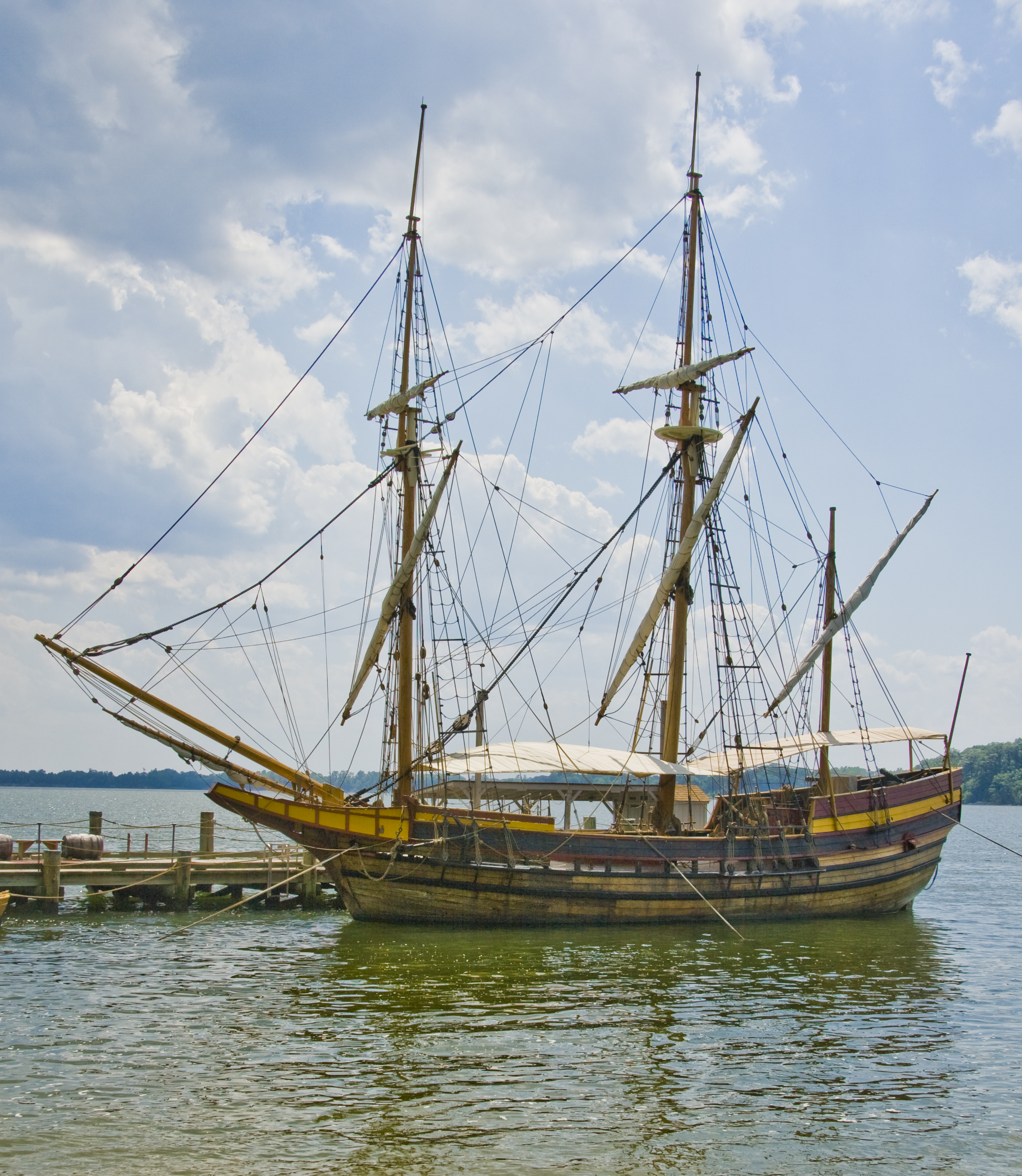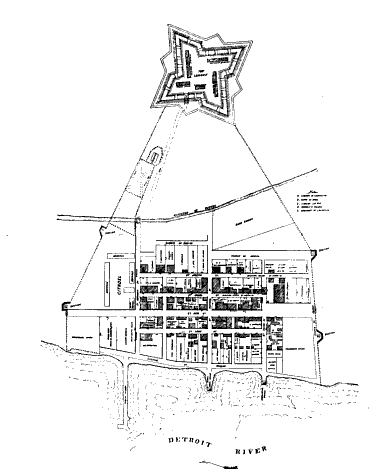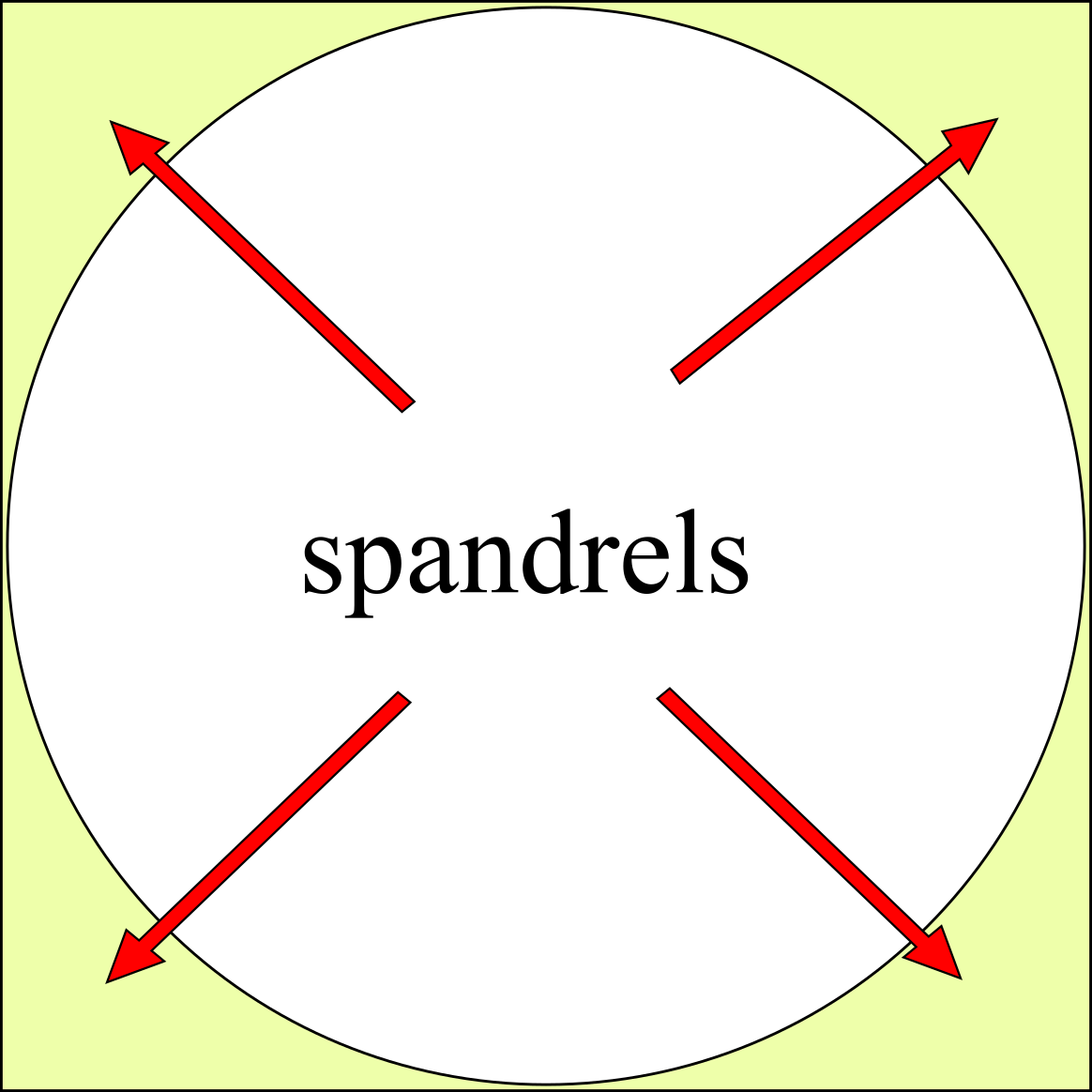|
Albert Weinert
Albert Weinert (June 13, 1863 – November 29, 1947) was a German-American sculptor. Born in Leipzig, Germany, Weinert attended the Hochschule für Grafik und Buchkunst Leipzig, Royal Academy of Art and Applied Art there and then the Académie Royale des Beaux-Arts in Brussels, Belgium. In 1886, he emigrated to the United States, working first in San Francisco before moving to Chicago in 1892 to work on the World's Columbian Exposition where he met fellow sculptor Karl Bitter. After the fair, Weinert traveled with Bitter to New York City where he worked in Bitter's studio. He later relocated to Washington, D.C. where, in April 1894, he was hired to work on the design of the Thomas Jefferson Building of the Library of Congress. He was paid $10 per day () to oversee a crew of modelers and carvers. He died on November 29, 1947, in his home studio on Grand Concourse (Bronx), Grand Concourse in the Bronx. Work * ''Haymarket Martyrs' Monument'', German Waldheim Cemetery, Chicago, 1 ... [...More Info...] [...Related Items...] OR: [Wikipedia] [Google] [Baidu] |
Leipzig
Leipzig ( , ; Upper Saxon: ) is the most populous city in the German state of Saxony. Leipzig's population of 605,407 inhabitants (1.1 million in the larger urban zone) as of 2021 places the city as Germany's eighth most populous, as well as the second most populous city in the area of the former East Germany after ( East) Berlin. Together with Halle (Saale), the city forms the polycentric Leipzig-Halle Conurbation. Between the two cities (in Schkeuditz) lies Leipzig/Halle Airport. Leipzig is located about southwest of Berlin, in the southernmost part of the North German Plain (known as Leipzig Bay), at the confluence of the White Elster River (progression: ) and two of its tributaries: the Pleiße and the Parthe. The name of the city and those of many of its boroughs are of Slavic origin. Leipzig has been a trade city since at least the time of the Holy Roman Empire. The city sits at the intersection of the Via Regia and the Via Imperii, two important medie ... [...More Info...] [...Related Items...] OR: [Wikipedia] [Google] [Baidu] |
Haymarket Martyrs' Monument
The ''Haymarket Martyrs' Monument'' is a funeral monument and sculpture located at Forest Home Cemetery in Forest Park, Illinois, a suburb of Chicago. Dedicated in 1893, it commemorates the defendants involved in labor unrest who were blamed, convicted, and executed for the still unsolved bombing during to the Haymarket Affair (1886). The monument's bronze sculptural elements are by artist Albert Weinert. On February 18, 1997, the monument was designated a National Historic Landmark. History Following the Haymarket affair, trial and executions, August Spies, Adolph Fischer, George Engel, Louis Lingg, and Albert Parsons were buried at the German Waldheim Cemetery (later merged with Forest Home Cemetery). The Pioneer Aid and Support Association organized a subscription for a funeral monument. In 1893, the ''Haymarket Martyrs' Monument'' by sculptor Albert Weinert was raised at Waldheim. It consists of a 16-foot-high granite shaft capped by a carved triangular stone. There is ... [...More Info...] [...Related Items...] OR: [Wikipedia] [Google] [Baidu] |
Cecil Calvert, 2nd Baron Baltimore
Cecil Calvert, 2nd Baron Baltimore (8 August 1605 – 30 November 1675), also often known as Cecilius Calvert, was an English nobleman, who was the first Proprietor of the Province of Maryland, ninth Proprietary Governor of the Colony of Newfoundland, and second of the colony of Province of Avalon to its southeast. His full title was "First Lord Proprietary, Earl Palatine of the Provinces of Maryland and Avalon in America". He received the proprietorship after the death of his father, The 1st Baron Baltimore (1579 – 15 April 1632), for whom it had been intended. Cecil, Lord Baltimore, established and managed the Province of Maryland from his home, Kiplin Hall, in North Yorkshire, England. As an English Roman Catholic, he continued the legacy of his father by promoting religious tolerance in the colony. Maryland became a haven for Catholics in the New World, particularly important at a time of religious persecution in England. Lord Baltimore governed Maryland for forty-t ... [...More Info...] [...Related Items...] OR: [Wikipedia] [Google] [Baidu] |
Detroit
Detroit ( , ; , ) is the largest city in the U.S. state of Michigan. It is also the largest U.S. city on the United States–Canada border, and the seat of government of Wayne County. The City of Detroit had a population of 639,111 at the 2020 census, making it the 27th-most populous city in the United States. The metropolitan area, known as Metro Detroit, is home to 4.3 million people, making it the second-largest in the Midwest after the Chicago metropolitan area, and the 14th-largest in the United States. Regarded as a major cultural center, Detroit is known for its contributions to music, art, architecture and design, in addition to its historical automotive background. '' Time'' named Detroit as one of the fifty World's Greatest Places of 2022 to explore. Detroit is a major port on the Detroit River, one of the four major straits that connect the Great Lakes system to the Saint Lawrence Seaway. The City of Detroit anchors the second-largest regional econ ... [...More Info...] [...Related Items...] OR: [Wikipedia] [Google] [Baidu] |
Statue Of Stevens T
A statue is a free-standing sculpture in which the realistic, full-length figures of persons or animals are carved or cast in a durable material such as wood, metal or stone. Typical statues are life-sized or close to life-size; a sculpture that represents persons or animals in full figure but that is small enough to lift and carry is a statuette or figurine, whilst one more than twice life-size is a colossal statue. Statues have been produced in many cultures from prehistory to the present; the oldest-known statue dating to about 30,000 years ago. Statues represent many different people and animals, real and mythical. Many statues are placed in public places as public art. The world's tallest statue, ''Statue of Unity'', is tall and is located near the Narmada dam in Gujarat, India. Color Ancient statues often show the bare surface of the material of which they are made. For example, many people associate Greek classical art with white marble sculpture, but there is evidenc ... [...More Info...] [...Related Items...] OR: [Wikipedia] [Google] [Baidu] |
Toledo, Ohio
Toledo ( ) is a city in and the county seat of Lucas County, Ohio, United States. A major Midwestern United States port city, Toledo is the fourth-most populous city in the state of Ohio, after Columbus, Cleveland, and Cincinnati, and according to the 2020 census, the 79th-largest city in the United States. With a population of 270,871, it is the principal city of the Toledo metropolitan area. It also serves as a major trade center for the Midwest; its port is the fifth-busiest in the Great Lakes and 54th-biggest in the United States. The city was founded in 1833 on the west bank of the Maumee River, and originally incorporated as part of Monroe County, Michigan Territory. It was refounded in 1837, after the conclusion of the Toledo War, when it was incorporated in Ohio. After the 1845 completion of the Miami and Erie Canal, Toledo grew quickly; it also benefited from its position on the railway line between New York City and Chicago. The first of many glass manufacturer ... [...More Info...] [...Related Items...] OR: [Wikipedia] [Google] [Baidu] |
William McKinley
William McKinley (January 29, 1843September 14, 1901) was the 25th president of the United States, serving from 1897 until his assassination in 1901. As a politician he led a realignment that made his Republican Party largely dominant in the industrial states and nationwide until the 1930s. He presided over victory in the Spanish–American War of 1898; gained control of Hawaii, Puerto Rico, the Philippines and Cuba; restored prosperity after a deep depression; rejected the inflationary monetary policy of free silver, keeping the nation on the gold standard; and raised protective tariffs to boost American industry and keep wages high. A Republican, McKinley was the last president to have served in the American Civil War; he was the only one to begin his service as an enlisted man, and end as a brevet major. After the war, he settled in Canton, Ohio, where he practiced law and married Ida Saxton. In 1876, McKinley was elected to Congress, where he became the Republican expe ... [...More Info...] [...Related Items...] OR: [Wikipedia] [Google] [Baidu] |
Lake George (town), New York
Lake George is a town in Warren County, New York, United States. The population was 3,578 at the 2000 census. The town is named after the lake, Lake George. The town surrounds the Village of Lake George. The town is part of the Glens Falls Metropolitan Statistical Area. History The first European to visit the lake was Father Isaac Jogues in August 1642. He was later captured by Mohawks, escaped, and returned home to France. In 1646, he was sent on a political mission to the Iroquois to propose a treaty of peace, and at that point named the lake "Lac du Saint Sacrement" (Lake of the Blessed Sacrament). In 1755, the lake was renamed "Lake George" by General William Johnson in honor of King George II. Lake George was also the site of Fort William Henry, named in honor of Prince William Henry, grandson of King George II, by General Johnson. The fort, its surrender to the Marquis de Montcalm after a six-day siege by the French and Indians, and the following massacre all in ... [...More Info...] [...Related Items...] OR: [Wikipedia] [Google] [Baidu] |
Lake George Battlefield Park
Lake George Battlefield Park Historic District is a national historic district relating to the French and Indian War Battle of Lake George and located near Lake George in Warren County, New York. The parkland was purchased and developed by New York State between 1896 and 1965. It encompasses numerous significant archaeological sites related to a series of conflicts dated from about 1755 to 1814. The archaeological sites include those related to Fort George (1759), earthen trenches (1757-1758), and barracks and hospitals dated to the 1750s. The historic districts also includes a number of plaques and monuments including those commemorating Henry Knox (1925), the Bloody Morning Scout (1935), Fr. Isaac Jogues (1939), King Hendrick Theyanoguin and General William Johnson. Other contributing features relate to the property's development as a park and include the battlefield park and battlefield campground, Fort George Road, the Delaware and Hudson Railway right of way (c. 1880), the ... [...More Info...] [...Related Items...] OR: [Wikipedia] [Google] [Baidu] |
Battle Of Lake George
The Battle of Lake George was fought on 8 September 1755, in the north of the Province of New York. It was part of a campaign by the British to expel the French from North America, in the French and Indian War. On one side were 1,584 French, Canadian, and Abenaki troops under the command of the Baron de Dieskau. On the other side were 2,682 colonial troops under William Johnson and 250 Mohawks led by noted war chief Hendrick Theyanoguin. The battle consisted of three separate phases and ended in victory for the British and their allies. After the battle, Johnson decided to build Fort William Henry in order to consolidate his gains. Background William Johnson – who had recently been named the British agent to the Iroquois – arrived at the southern end of Lac du Saint Sacrement on 28 August 1755, and renamed it "Lake George" in honor of his sovereign, George II. His intention was to advance via Lake George and Lake Champlain to attack French-held Fort St. Frédéric at ... [...More Info...] [...Related Items...] OR: [Wikipedia] [Google] [Baidu] |
Roland Perry
Roland (; frk, *Hrōþiland; lat-med, Hruodlandus or ''Rotholandus''; it, Orlando or ''Rolando''; died 15 August 778) was a Frankish military leader under Charlemagne who became one of the principal figures in the literary cycle known as the Matter of France. The historical Roland was military governor of the Breton March, responsible for defending Francia's frontier against the Bretons. His only historical attestation is in Einhard's ''Vita Karoli Magni'', which notes he was part of the Frankish rearguard killed in retribution by the Basques in Iberia at the Battle of Roncevaux Pass. The story of Roland's death at Roncevaux Pass was embellished in later medieval and Renaissance literature. The first and most famous of these epic treatments was the Old French '' Chanson de Roland'' of the 11th century. Two masterpieces of Italian Renaissance poetry, the '' Orlando Innamorato'' and ''Orlando Furioso'' (by Matteo Maria Boiardo and Ludovico Ariosto respectively), are even ... [...More Info...] [...Related Items...] OR: [Wikipedia] [Google] [Baidu] |
Spandrels
A spandrel is a roughly triangular space, usually found in pairs, between the top of an arch and a rectangular frame; between the tops of two adjacent arches or one of the four spaces between a circle within a square. They are frequently filled with decorative elements. Meaning There are four or five accepted and cognate meanings of the term ''spandrel'' in architectural and art history, mostly relating to the space between a curved figure and a rectangular boundary – such as the space between the curve of an arch and a rectilinear bounding moulding, or the wallspace bounded by adjacent arches in an arcade and the stringcourse or moulding above them, or the space between the central medallion of a carpet and its rectangular corners, or the space between the circular face of a clock and the corners of the square revealed by its hood. Also included is the space under a flight of stairs, if it is not occupied by another flight of stairs. In a building with more than one floor, ... [...More Info...] [...Related Items...] OR: [Wikipedia] [Google] [Baidu] |








